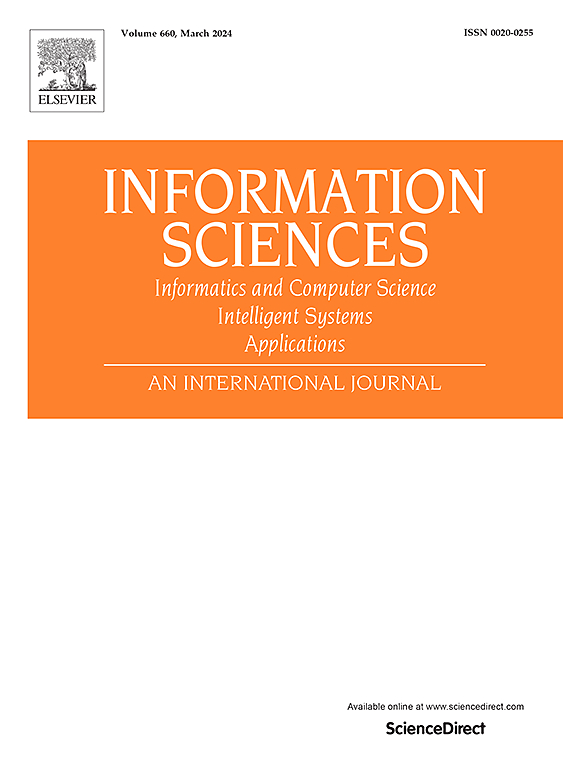Inception MLP: A vision MLP backbone for multi-scale feature extraction
IF 8.1
1区 计算机科学
0 COMPUTER SCIENCE, INFORMATION SYSTEMS
引用次数: 0
Abstract
Recently, MLP-based networks have demonstrated remarkable performance in computer vision with simple but efficient structures. However, most existing MLP architectures struggle to balance the modeling of local and global regional information and often rely on static token mixing matrices for information fusion, disregarding the distinctiveness of different input contents. In this study, we propose inception MLP (iMLP), which employs multiple cross-MLP branches with varying receptive field sizes to simultaneously capture short-range and long-range dependencies. Meanwhile, the channel partition ratio γ is dynamically adjusted to better align with model characteristics as the network deepens. In addition, considering the diversity of input contents, we incorporate a lightweight, content-adaptive module to enable dynamic and efficient feature fusion. Experimental results demonstrate the versatility of iMLP as a competitive vision backbone across various visual tasks. For instance, our iMLP-S achieves 82.1% top-1 accuracy on the ImageNet-1K classification benchmark with only 20M parameters and extremely high throughput, outperforming state-of-the-art MLP-based models with a better trade-off between accuracy and computational efficiency.
求助全文
约1分钟内获得全文
求助全文
来源期刊

Information Sciences
工程技术-计算机:信息系统
CiteScore
14.00
自引率
17.30%
发文量
1322
审稿时长
10.4 months
期刊介绍:
Informatics and Computer Science Intelligent Systems Applications is an esteemed international journal that focuses on publishing original and creative research findings in the field of information sciences. We also feature a limited number of timely tutorial and surveying contributions.
Our journal aims to cater to a diverse audience, including researchers, developers, managers, strategic planners, graduate students, and anyone interested in staying up-to-date with cutting-edge research in information science, knowledge engineering, and intelligent systems. While readers are expected to share a common interest in information science, they come from varying backgrounds such as engineering, mathematics, statistics, physics, computer science, cell biology, molecular biology, management science, cognitive science, neurobiology, behavioral sciences, and biochemistry.
 求助内容:
求助内容: 应助结果提醒方式:
应助结果提醒方式:


